A few years ago, most businesses had only brick and mortar facilities. But as the world became more digitized, most stores have begun to realize the importance of setting up an e-commerce store. The presence of smartphones and PCs have made it easier for anyone to buy anything right from the comforts of their homes -and this has turned into a trend. And in this post, I am going to share the E-Commerce SEO hacks you didn’t know.
As of 2018, the number of e-commerce stores has exploded all over the internet. Almost every niche has a few online shops that are making huge sales than the rest. Overall, Amazon, Overstock, eBay and a couple others have shown relentless efforts to keep themselves at the top of the online shopping roost. In order to be able to contend with the best, your store must display the best optimization techniques.
Some of those practices are described in detail below.
Keywords are everything
All search engines use algorithms based on keywords to rank sites. But not every term qualifies as an effective keyword. You need to research your niche and find out phrases that are performing well. For positive outcomes, take advantage of tools like Semrush, Serpstat, Spyfu, LongTailPro, and other tools to find the best keywords.
One of the nifty ways to find a product-focused keyword is to use Amazon Suggest. Being the biggest e-commerce platform, it makes sense to use them for keyword research. Simply visit the site, and type the general term of your product and other phrases will be added to the end.
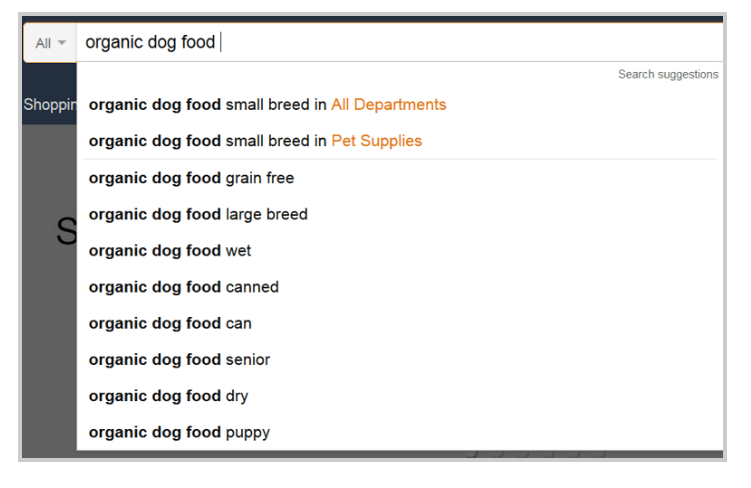
Most of the terms you are going to get on Amazon are long-tail keywords and they do convert better than the conventional 2-3 word varieties. The problem with short-form keywords is that they are pretty broad (not to forget, highly competitive) and can take a long time to deliver substantial results. Such terms also cast the net too wide which results in poor targeting.
For a long list of keywords, you can use the Keyword Tool Dominator to scrape some of the suggestions from Amazon. This tool not only spits out dozens of phrases but gives you the chance to organize them and save to a list for future use.
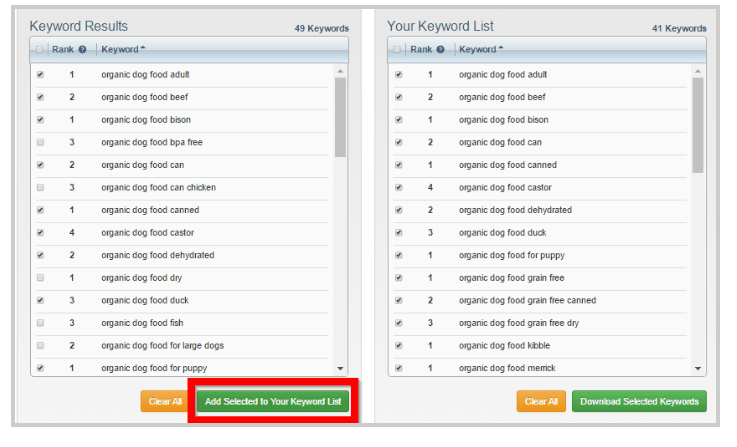
You don’t have to know everything about keywords or read every book to produce the best results. Sometimes all you need is to tap into your competitors’ metrics and copy-paste their methods if they have proved to be fruitful.
Produce outstanding content
There is enough crap on the internet and thankfully, search engines now know how to bypass such content when ranking sites. Informative blogs answer customers’ questions without droning on. If you are writing a product review, make sure the reader is able to grasp the context of your posts without having to look into other guides for supplement information.
According to Lemon stands research, websites with top quality content convert six times more than those with subpar content. As you can see, their purpose goes beyond mere SEO. Informative posts entice prospects to stick around and check out other goods or services you offer.
It’s imperative to use different types of content to get maximum results. Blogs can work for some time but it gets tiresome- especially when reading epic content that spans several pages. Try to use images, videos, infographics and other forms to increase user engagement.
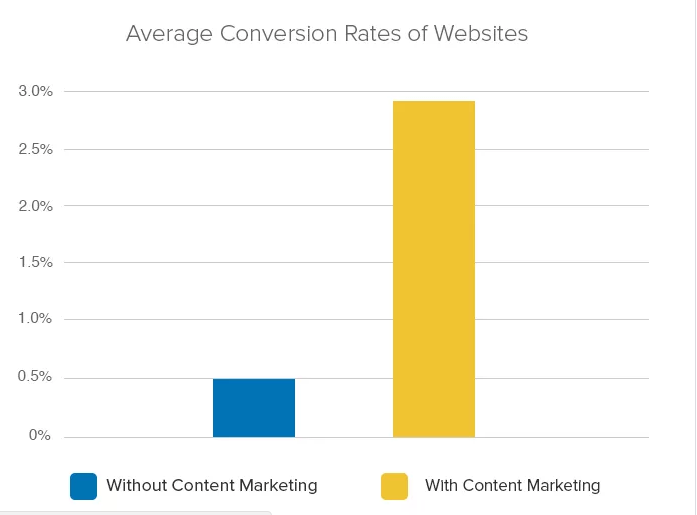
User-friendly site architecture
You can create stunning content and fine-tune all other core areas of your e-store but without a good design, all that effort is pointless. A page that loads slowly will motivate visitors to check somewhere else. As of July 2018, Google announced that they will incorporate the page speed metric for ranking of sites on mobile devices.
Since speed is of the essence, you must keep testing your website pages to ensure customers are having a smooth time on your e-store. Page Speed Insights and other similar tools can help you test the mobile performance of your websites. The faster your site, the more visible it will be on handheld devices.
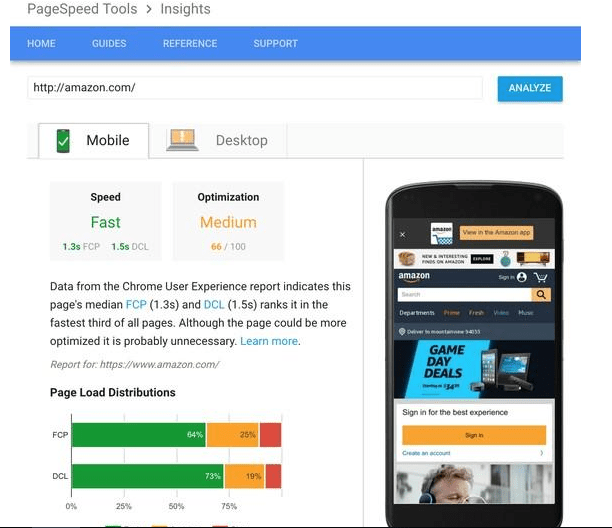
Still, on architecture, the categorization of the pages of your eCommerce store is also important when it comes to improving SEO results. Normally, there are very many pages and it can be a confusing experience for customers if they find it hard to navigate back to the previous sections or home page.
The arrangement of pages can also make it easier or hard for such engine bots to crawl your store during a ranking exercise. But what’s the secret to the proper organization? There are two golden rules you can observe:
- Keep everything simple and scalable
- Every page should be 3 or fewer clicks away from the homepage
Simply put, don’t adopt a too “deep” architecture such that authority gets less effective by the time it gets to your product, service, or category pages.
Use LSI keywords
Latent Semantic Indexing keywords refer to words or phrases that closely relates to the main keyword. For instance, if you are optimizing your e-commerce product page around the keyword like “slow cooker,” terms that could be used as LSI keywords include:
- Pressure cooker
- Timers
- Crock-pot
- Stainless steel
- 4 quart, 6 quarts etc.
It’s not hard to find LSI keywords that you can use for eCommerce SEO. Some of the resourceful places you can pick them are Amazon (The Amazon Eyeball Test), Google Keyword Planner, and Wikipedia.
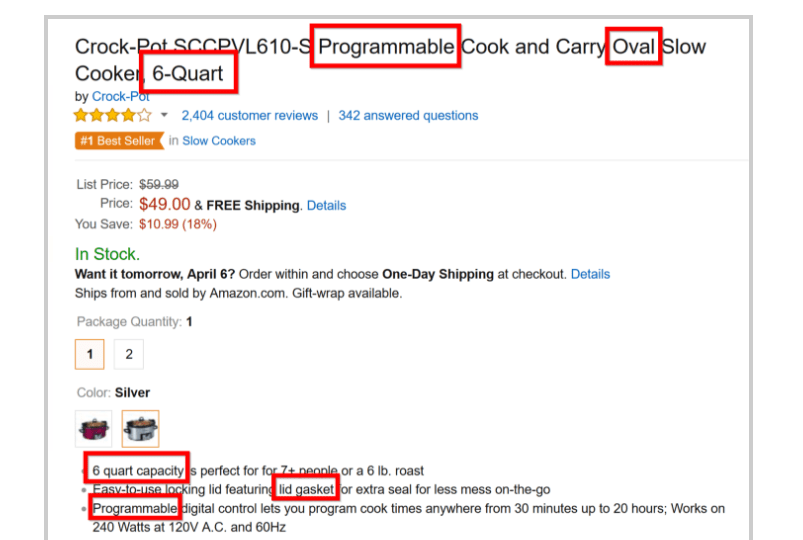
LSI keywords for a backpack from Wikipedia
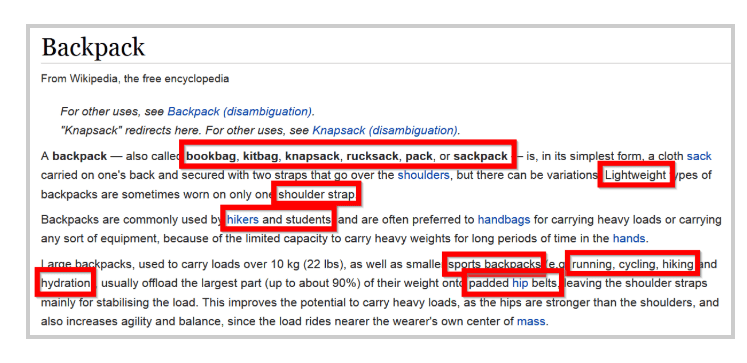
Use Short, Keyword-packed URLs
There is a clear connection between a site’s URL and ranking. If you look at Google’s first page results, you’ll note that sites with shorter URLs rank higher than those with short URLs.
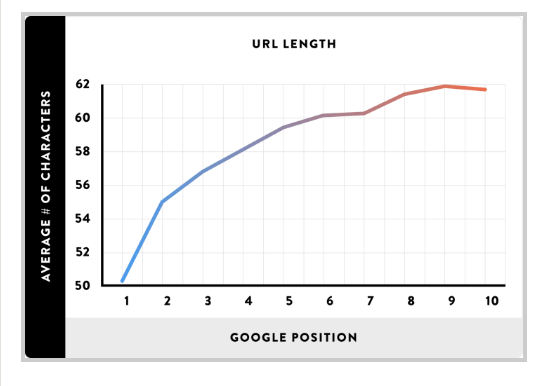
The issue with e-commerce is that products’ URLs have the tendency to get longer thanks to categories and subcategories being included. A simple URL for one of your products could look like this; https://forexample.com/category/subcategory/yourproduct.html
Having an unnecessarily long URL can be confusing to search engines and this will end up to hamper your SEO efforts. It gets worse if the address includes meaningless numbers towards the end. If you have to make it long, then make sure it is as keyword-rich as possible. Here is an example of a well-optimized URL:
https://forexample.com/kitchenappliances/slowcookers/4-quart-crockpot
As you can see, the address includes the main keyword, LSI keyword, and displays the product category as well. Some e-stores avoid including categories and subcategories to their URL as a way of making it shorter. You don’t have to try that method; just find a technique that works well for your store. And I also recommend using the Keyword in the URL.
Internal links
Internal linking can happen automatically for most e-commerce stores. However, this time-saving feature isn’t enough to deliver satisfactory results. You need to be strategic enough and link various high performing blog posts to one or several of your priority products.
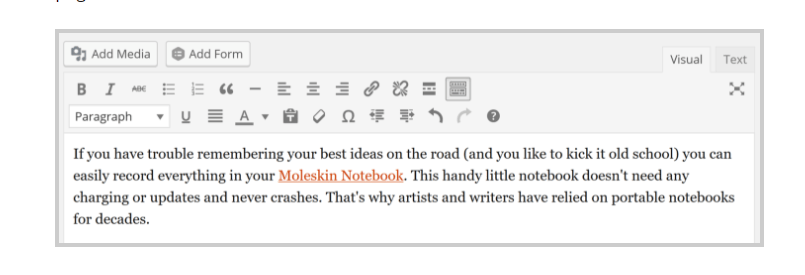
For instance, let’s say you have a post that has generated a lot of online Buzz and one of your products (which relates to the post) ranks well on Google’s first page. You would want to link these two using a keyword-rich anchor text. Do this for all your prioritized pages and your e-commerce efforts will yield exemplary results.
Establish authority
There is a lot of noise on the web and frankly, the loudest get more attention. So, if you have the slickest site and sell the best products but no authoritative sites link to you, then there will be no sound of money flowing in.
Through backlinks, you can ask for influential sites to mention your site so others can know about its existence. The more you do this, the more credible and known you become and this translates to better ROI. Remember most search engines now consider backlinks as one of the most important ranking signals. So focus on building the authority of your e-commerce website.
Despite Amazon, eBay and other sites occupying the largest share of the e-commerce space, there is still a big slice of pie to go around to other online retailers. However, to get to it, you must optimize your e-commerce so it’s visible to many online visitors.
So, there you have it- a number of e-commerce SEO hacks which most store owners won’t realize until they figure out that their efforts are paying off.
Would you happen to know any other tricks that you don’t mind sharing?
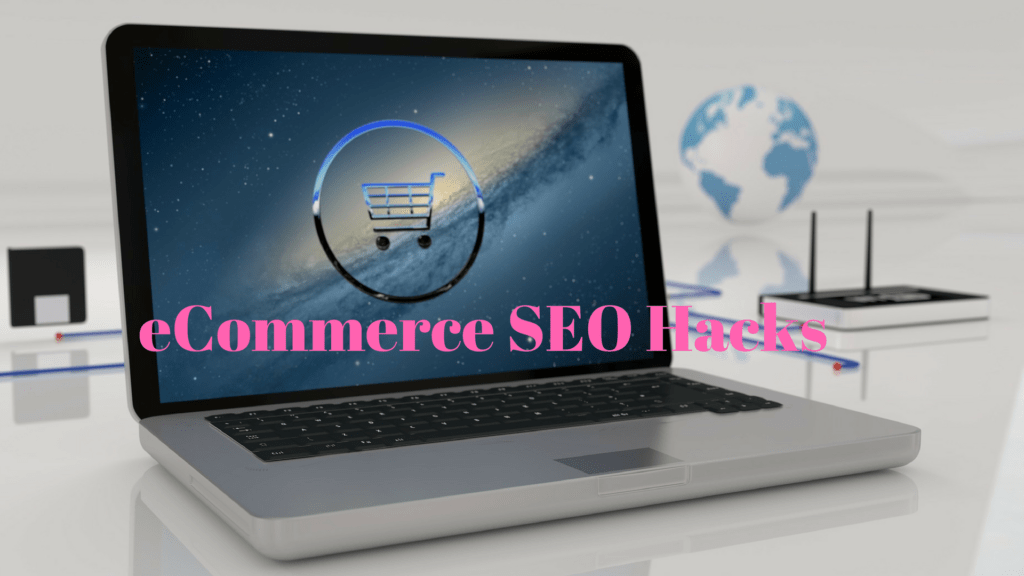

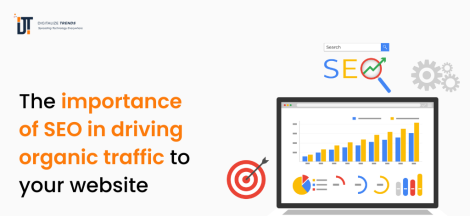
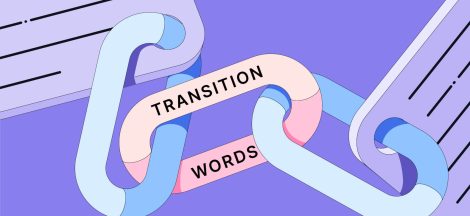

 The Rules of Link Building: The 2024 Guide
The Rules of Link Building: The 2024 Guide
Ohhhh! superb bro.. this is the way, You have defined this topic with proper guidelines and proper descriptions.
I must say you clear lots of doubt which I will never be cleared before.
dear, I read another similar post,
I would like to share that link with you click on my author name and you will be moving to that particular link post.
again thanks for such an informative post.
Hey, some good strong strategies here! Interesting read.
Hey,
This post is really very useful for me. I really like to say that It is useful for me….
Hello Ana,
This is exactly the type of post I was looking for! Thanks for sharing some stunning information about E-commerce SEO. Can you please share some plugins name to increase my website speed on mobile device.
Hi Ana,
Content is surely the most important thing. Good content which provides some kind of solution to your visitors are highly appreciated. They bring back your visitors again and again. You have share very good information about LSI. If we work on it properly, it will yield us good results.
Thanks for sharing, have a good day. 🙂